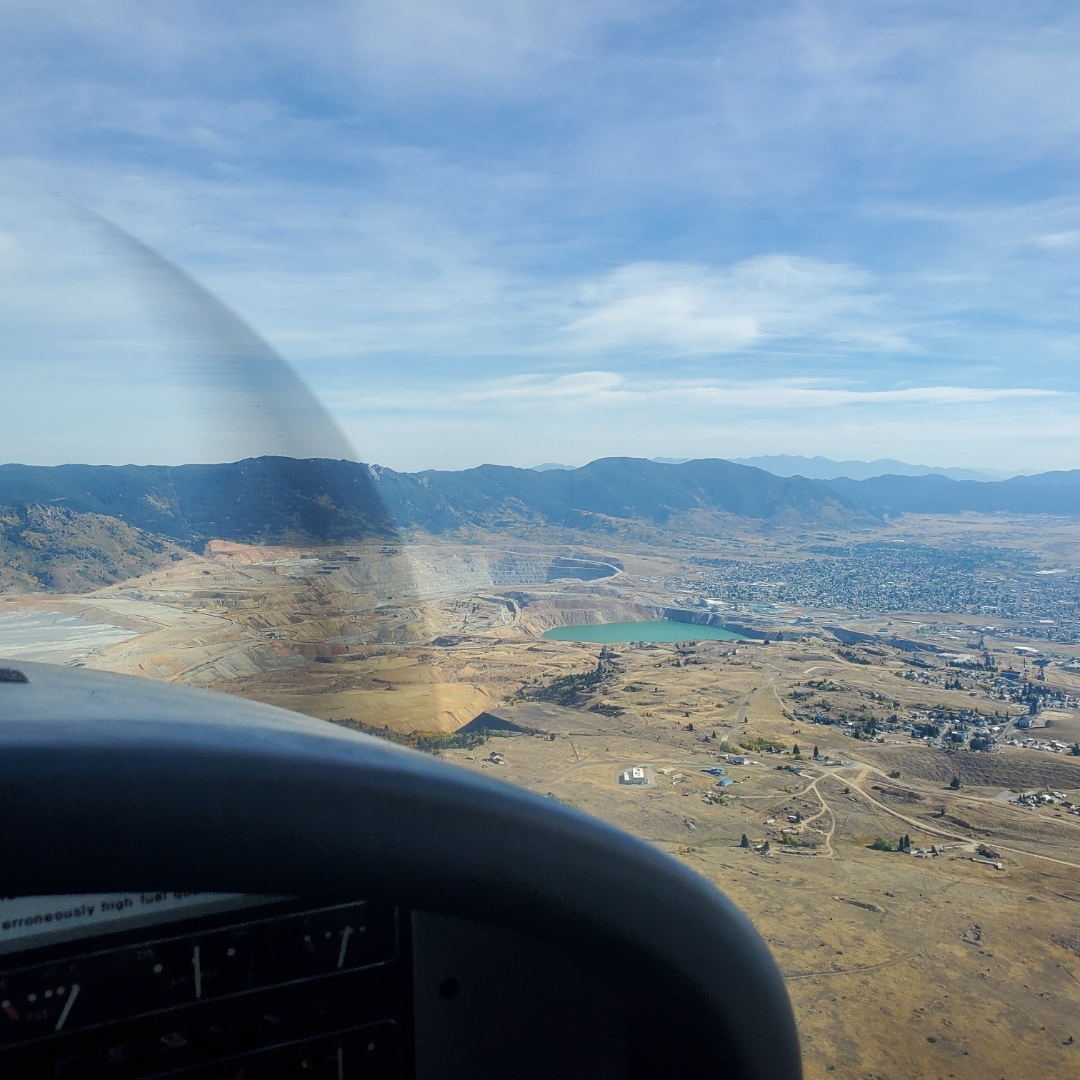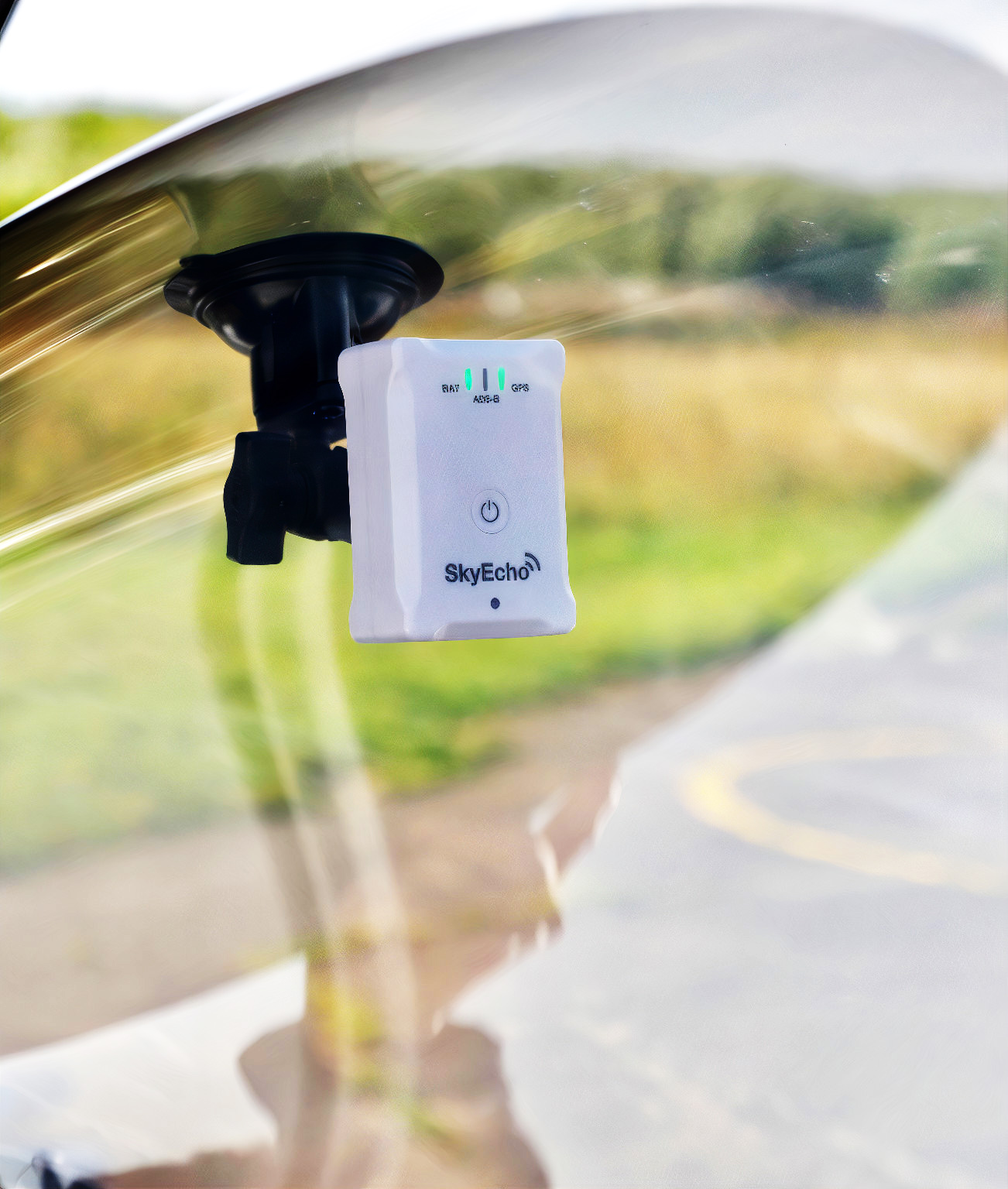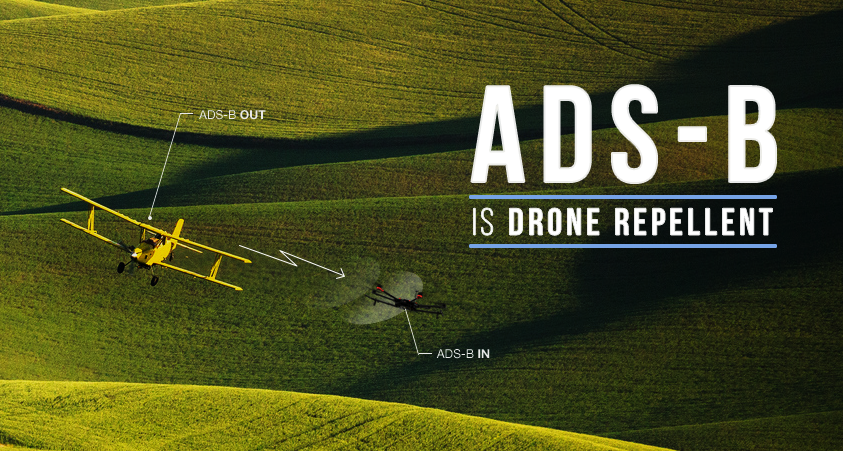Mode S and the Ghosts of Equipment Past

In consultation with uAvionix, the FAA has just released a SAFO (Safety Alert for Operators) regarding the pairing of Mode S transponders with skyBeacon and tailBeacon. Although the SAFO is short and to the point, and impacts less than 1% of installed skyBeacon and tailBeacons, it merits explanation as to why it exists.
It is most important to reinforce that the Mode C transponders that the vast majority of the U.S. fleet is equipped with continue to function as expected, and are not the focus of this SAFO. Instead, it targets aircraft operators who have paired their skyBeacon or tailBeacon with a Mode S transponder that can only operate in Mode S mode.
If, like most folks, you have a Mode A/C transponder, you can stop reading right now. If you’re techni-curious or have a Mode S transponder, buckle up and read on.
History Lesson
First, a history lesson. The first airport tower with radios sprung up in Cleveland in 1930, and in 1936 federal air traffic control began. World War II brought us radar, which saw limited civil deployment in the late 40’s and early 50’s. After a tragedy over the Grand Canyon in 1956, Congress saw it fit to invest in major upgrades to the nation’s air traffic control systems, including radar surveillance.
In 1960, the FAA began to require the use of transponders, which meant they could positively distinguish aircraft from all other manner of flying beasts. With early Mode A transponders, pilots could broadcast their “squawk code” and IDENT. Altitude isn’t easy to accurately derive from radar, however, so the Mode A/C transponder was invented, that could send both the squawk and pressure altitude. Now controllers had a fairly accurate position AND altitude on their radar screen, allowing the separation and services we enjoy today.
But there was a looming problem. There is only so much “spectral capacity” or bandwidth, and as more aircraft began flying around, and more aircraft were both interrogating transponders and replying, there were concerns that the system would be overwhelmed. Enter Mode S, or “Mode Select” transponders. Mode S transponders are assigned unique identifiers, and can be selectively interrogated to cut down on spurious responses. In 1987 the FAA set requirements that aircraft operating under certain parts or in certain airspace must equip with a Mode S transponder.
Unfortunately, technology had not quite caught up with regulation, and due to the difficulty in manufacturing compliant equipment, in 1992 the rule requiring Mode S for Part 91 operations was rescinded. Because of this, the vast majority of transponders in the U.S. remained Mode A/C.
ADS-B
Now firmly in the 2000s, a new mandate was proposed to require substantially all aircraft to equip with ADS-B. Where Mode S provided mostly theoretical benefits, ADS-B leapfrogged all previous transponder technologies and provides real safety and efficiency gains, including real time “peer to peer” traffic information between aircraft. Owners had a choice – equip with a completely new transponder (likely one that integrated Mode S and 1090MHz “extended squitters”), or retrofit their existing transponder with a UAT (978MHz) ADS-B system.
A huge number of owners took advantage of the technically excellent and innovate approach to compliance, namely the uAvionix skyBeacon and tailBeacon. These UAT devices allow you to keep your existing Mode A/C transponder, and automatically synchronize the squawk code and altitude to ensure what the controller sees on their screen is consistent between both transponder replies and received ADS-B data. This is important, because it ensures that controllers are not inundated with automation alerting them to two aircraft being in the same location (if altitudes differ, for example).
Terra Fix
We’re now happily in 2024, using a system that has evolved from the World War II era, with a requirement to remain backwards compatible. What could go wrong? Let’s roll back the clock to the early 90’s – remember when I said that there was “difficulty in manufacturing compliant” Mode S equipment? Well, even older Mode A/C equipment struggled to interoperate with the upgraded ground radar and TCAS II systems. And that’s where we find our “ghosts of equipment past”. In 1994, the Terra Corporation TRT 250 transponder had an Airworthiness Directive (AD) levied against it. It was determined that the transponder did not properly respond to Mode S radar interrogations (or more specifically, had an unintended response to the ATCRBS aka Mode A/C suppression pulse). Later, it was determined that the NARCO AT150 transponders exhibited similar behavior, and another AD was issued. Again, these were both Mode A/C transponders – the airborne equipment hadn’t changed, but the new Mode S ground radar exposed a critical and unforeseen failure condition.
The ADs were a start, but there were real safety concerns that if the AD was not universally complied with, aircraft would not be visible to ground controllers. And so, the FAA came up with something that is now referred to as the “Terra Fix” – they stopped transmitting the ATCRBS suppression pulse. In short, it meant that Mode S transponders were forced to reply to every Mode A/C interrogation, ensuring they would be seen.
Ghost, busted. The fix was successful and has persisted in the nation’s Secondary Surveillance Radar (SSR) systems for decades, ensuring that Terra, NARCO, and other similarly problematic transponders can operate safely. The disadvantage, however, is that compliant Mode S transponders are replying more frequently than they would otherwise need to, consuming precious spectral capacity. With the ADS-B mandate, the number of Terra and otherwise affected transponders operating in the National Airspace System has decreased, and the motivation to keep the “Terra Fix” in place has decreased as well.
In the last few years, the FAA has started removing the “Terra Fix” from SSR installations, changing the nature of when and how Mode S transponders reply.
Erroneous what?
As the nature of the airspace our aircraft operate in evolves, there can be unintended consequences to small changes. The removal of the “Terra Fix” is an unfortunate example of the dependence on observed behaviors, and changes to them.
The SAFO notes that the pairing of a Mode S transponder to a skyBeacon or tailBeacon has “been found to emit erroneous and unreliable ADS-B performance parameters”. It also notes that the skyBeacon and tailBeacon STC Installation Manuals include an Installation Limitation requiring “a companion Mode A/C (not Mode S)” transponder to be installed.
So what happens if a skyBeacon or tailBeacon is paired with a Mode S transponder? What are these “erroneous” parameters? It comes down to the fact that in some airspace (where the “Terra Fix” has been removed from Mode S radars, and no ATCRBS radars exist), aircraft may not properly broadcast their current squawk code over ADS-B. That in turn can create controller workload because the ADS-B and transponder information are not properly synchronized.
The Solution
Fortunately, the described pairing is rare. Unfortunately, that doesn’t help if you are one of the affected parties. If you are impacted and have a Mode S transponder paired with a skyBeacon or tailBeacon, you have several options:
- Place your Mode S transponder in Mode A/C-only mode. This isn’t an option available on all transponders, but if available, should ensure compliance.
- Replace your Mode S transponder with a Mode A/C transponder.
- Upgrade your transponder and ADS-B solution to the uAvionix tailBeaconX, which integrates a Mode S transponder, 1090MHz ADS-B system, and GPS in a rear position light.
Although not covered by the SAFO, it is worth noting that the echoUAT is similarly, although not identically impacted. When in a configuration using the powerline transcoder to synchronize squawk code and altitude, the above guidance applies. If, however, the transponder or EFIS is wired to the echoUAT, you may be complaint.
As always, don’t hesitate to reach out to our incredible uAvionix support team with any questions.
Blue Skies,
Ryan Braun
COO


